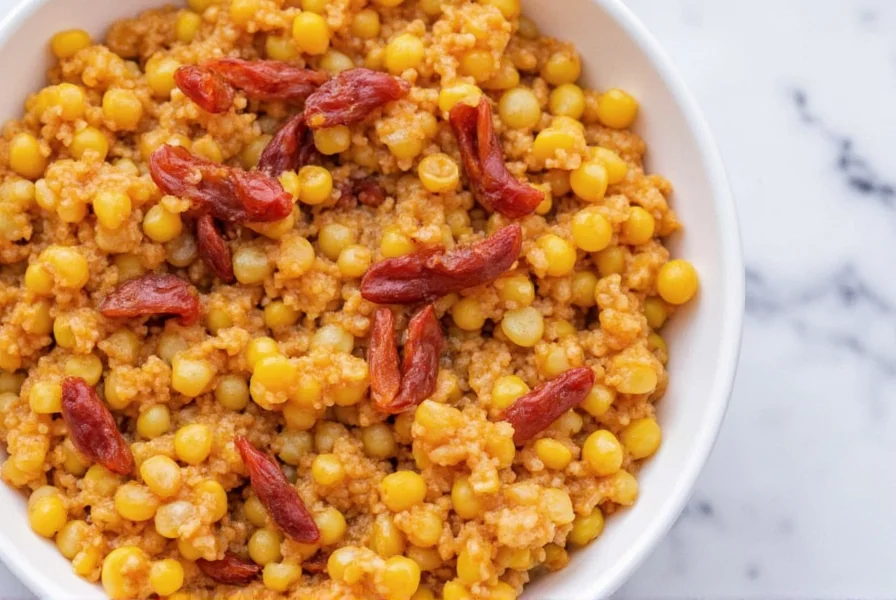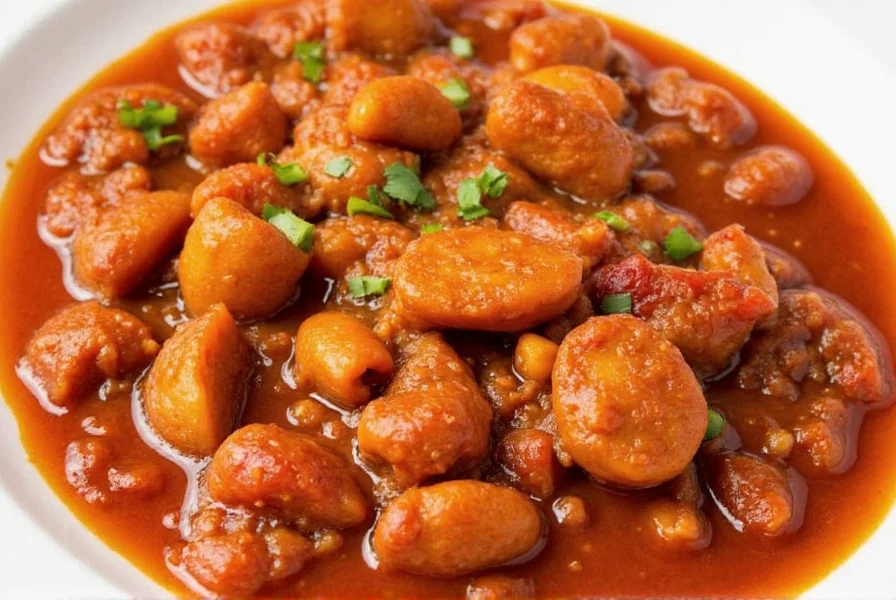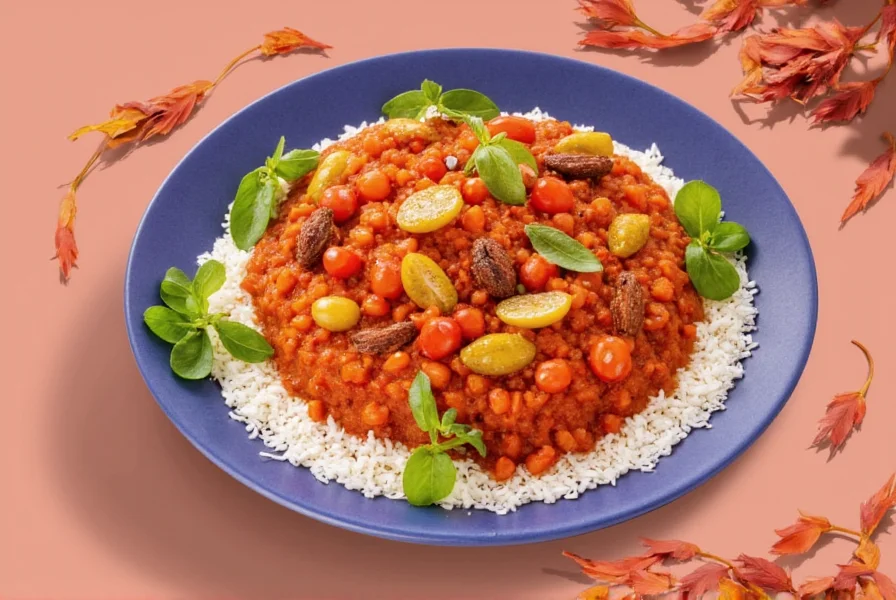Are you searching for "soppapia" but finding confusing information? You're not alone! "Soppapia" is actually a common misspelling of "sopapilla" (also spelled "sopaipilla"), a traditional South American fried pastry. In this guide, we'll clarify the confusion and provide you with everything you need to know about this delicious treat.
Table of Contents
- What Is Sopapilla?
- History and Origin of Sopapilla
- How to Make Sopapilla
- Serving Ideas for Sopapilla
- Frequently Asked Questions About Sopapilla
- Conclusion
What Is Sopapilla?
Sopapilla (or sopaipilla) is a light, puffed fried pastry originating from South America. It's made from simple ingredients like flour, water, and baking powder, then deep-fried until golden and crispy. Unlike a spice blend, sopapilla is a complete food item typically served as a dessert or snack. The name comes from the Quechua language, reflecting its indigenous roots in the Andes region.
| Food Item | Description | Origin | How to Serve |
|---|---|---|---|
| Sopapilla | Light, puffed fried pastry | Peru, Bolivia, Chile | Served with honey, cinnamon sugar, or sweet syrup |
| Churros | Long, fried dough sticks | Spain, popular in Latin America | Served with chocolate sauce or dulce de leche |
| Empanadas | Stuffed pastries | Latin America | Served as savory or sweet snacks |

History and Origin of Sopapilla
Sopapilla has deep roots in South American culinary traditions, particularly in the Andean regions. It evolved from indigenous baking techniques combined with Spanish influences after colonization. The name "sopapilla" comes from the Quechua word "sopaipilla," meaning "small bread." Historically, it was made by indigenous communities using corn flour, but modern versions typically use wheat flour for a lighter texture.
How to Make Sopapilla
Making sopapilla at home is simple and rewarding. Here's a basic recipe:
Ingredients
- 2 cups all-purpose flour
- 1 teaspoon baking powder
- 1/2 teaspoon salt
- 3/4 cup warm water
- 2 tablespoons vegetable oil
- Vegetable oil for frying
Instructions
- Mix flour, baking powder, and salt in a bowl. Add warm water and vegetable oil, then knead into a smooth dough.
- Cover and let rest for 30 minutes.
- Roll dough to 1/4-inch thickness and cut into 3-inch squares.
- Heat oil to 350°F (175°C). Fry each piece for 1-2 minutes per side until golden brown.
- Drain on paper towels and serve warm with toppings.
Serving Ideas for Sopapilla
Sopapilla is incredibly versatile. Here are popular serving styles:
Traditional Sweet Style
Drizzle with honey or sprinkle with cinnamon sugar. This is the most common way to enjoy sopapilla in Peru and Bolivia.
Savory Variation
In some regions, sopapilla is filled with cheese, beans, or meat before frying. This makes a satisfying meal option.
Dessert Twist
Top with dulce de leche, fresh fruit, or whipped cream for a gourmet dessert experience.

Frequently Asked Questions About Sopapilla
Got questions about sopapilla? We've got answers! Here are some common ones:
Q: What is the difference between soppapia and sopapilla?
A: There is no difference. "Soppapia" is simply a common misspelling of "sopapilla" or "sopaipilla." The correct term refers to a traditional South American fried pastry, not a spice blend.
Q: Is sopapilla spicy?
A: No, sopapilla itself is not spicy. It's a sweet pastry typically served with honey, cinnamon sugar, or syrup. Some savory variations may include spicy fillings, but the pastry base is mild.
Q: What dishes pair best with sopapilla?
A: Sopapilla is typically served as a dessert or snack on its own. It pairs well with sweet toppings like honey, cinnamon sugar, or dulce de leche. In some regions, it's served with savory fillings like cheese or meat for a complete meal.
Q: Can I make my own sopapilla at home?
A: Absolutely! The recipe is simple with basic ingredients. Follow the instructions above for a classic version, or experiment with fillings for savory options. Freshly fried sopapilla has the best texture.
Q: How should I store sopapilla to maintain freshness?
A: Sopapilla is best eaten fresh. If needed, store in an airtight container at room temperature for up to 2 days. Reheat in the oven for best results. Avoid refrigeration as it makes the pastry soggy.
Q: Is sopapilla gluten-free?
A: Traditional sopapilla uses wheat flour and is not gluten-free. For gluten-free versions, substitute with a gluten-free flour blend and ensure all ingredients are certified gluten-free.
Q: What are good substitutes for sopapilla if I can't find it?
A: If you can't find sopapilla, churros or fried doughnuts are similar alternatives. For savory options, try empanadas or cheese-filled pastries. However, sopapilla's unique light, puffy texture is hard to replicate exactly.
Q: Can I use sopapilla in sweet dishes?
A: Yes! Sopapilla is naturally sweet and works perfectly in desserts. Try it as a base for fruit crisps, layered in parfaits, or dipped in chocolate. Its versatility makes it a great dessert component.

Conclusion
In conclusion, sopapilla is a beloved South American fried pastry, not a spice blend. The confusion around "soppapia" stems from a common misspelling. This versatile treat has deep cultural roots and can be enjoyed sweet or savory. Whether you're making it at home or ordering it at a restaurant, sopapilla offers a delicious taste of South American tradition.
So next time you're searching for "soppapia," remember: you're actually looking for sopapilla—a delightful fried pastry worth trying. With its simple ingredients and endless serving possibilities, it's a perfect addition to your culinary adventures.
Now go ahead—explore the world of sopapilla and discover its delicious simplicity!











 浙公网安备
33010002000092号
浙公网安备
33010002000092号 浙B2-20120091-4
浙B2-20120091-4